Baby Clothing Size
Age Range:
Weight Range:
Height Range:
Baby Clothing Sizes – A Complete Size Chart Guide for New Parents
As a new parent, one of the first things you’ll need to figure out is what size clothing to buy for your little one. Baby sizes can be confusing because they vary by brand, country, and even fabric. But don’t worry—this guide will break down baby clothing sizes and give you a handy chart to help you make the best choices for your baby’s wardrobe.
Looking for the perfect fit? Check out these Best-Selling Baby Clothing.
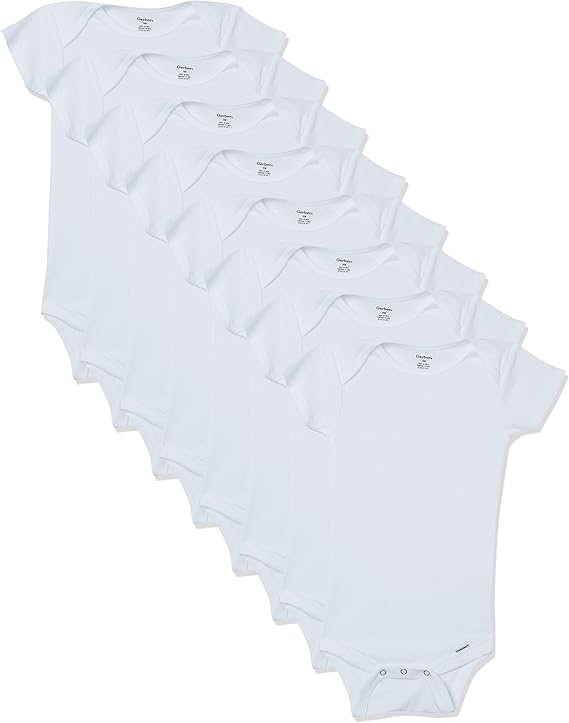
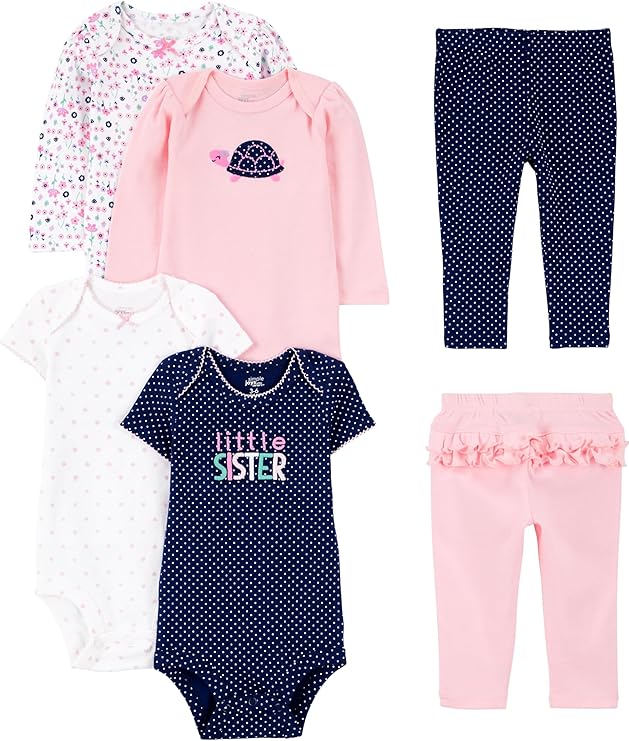

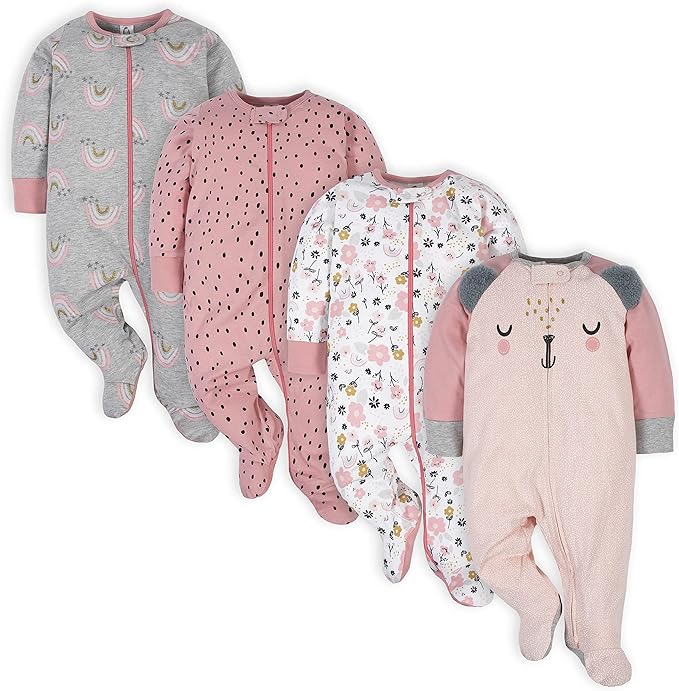
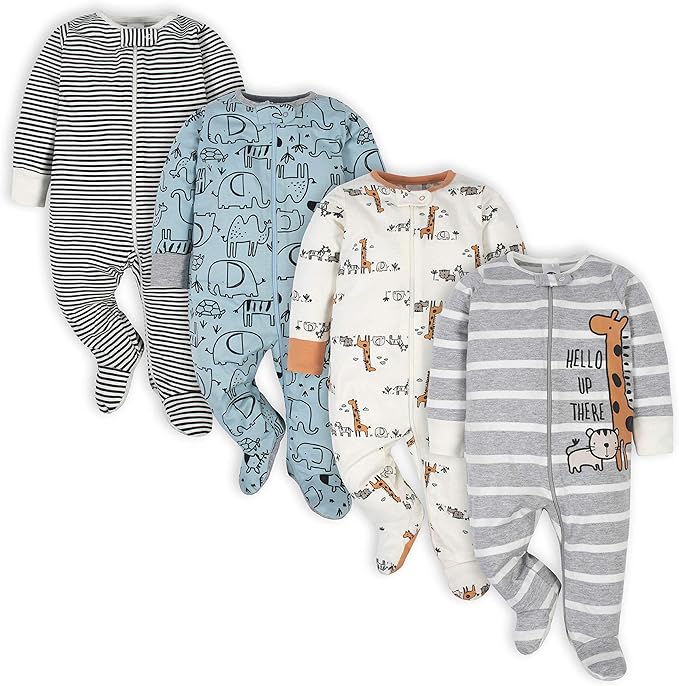
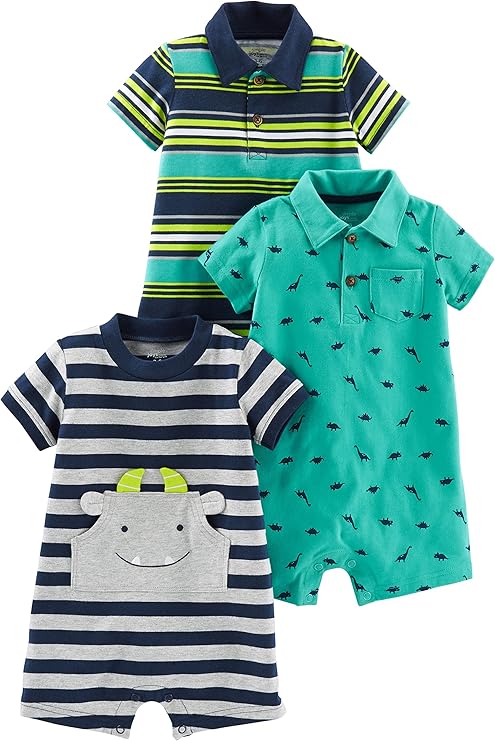
Why Are Baby Sizes So Confusing?
Baby clothing sizes are typically based on age, but babies grow at different rates, so the age on the label isn’t always a perfect fit. For example, some babies may fit into newborn sizes even after their first month, while others may outgrow them within the first week. Factors like weight, height, and body proportions are more important when choosing baby clothes than age alone.
Key Size Categories for Baby Clothing
Baby clothing is generally divided into the following size categories:
- Newborn (NB)
Typically for babies up to about 7-10 pounds (3.2-4.5 kg). This size is ideal for infants who are just born and usually lasts for the first 2 to 4 weeks of life. - 0-3 Months
This size works for babies who are between 8-12 pounds (3.6-5.4 kg). It usually fits babies who are about 1 to 3 months old. Since babies grow quickly, it’s common for parents to move into this size even before the baby reaches 3 months. - 3-6 Months
This size is typically for babies who weigh around 12-16 pounds (5.4-7.3 kg) and are between 3 to 6 months old. At this stage, babies are becoming more active and may start to crawl or roll over. - 6-9 Months
Babies in this range typically weigh 16-20 pounds (7.3-9 kg). By this stage, many babies are starting to sit up or even begin crawling. - 9-12 Months
Ideal for babies weighing around 20-24 pounds (9-10.8 kg). Babies at this stage might be crawling or starting to walk. - 12-18 Months
This size fits babies who weigh around 24-28 pounds (10.8-12.7 kg) and are becoming more active, possibly walking and starting to express more independence. - 18-24 Months
For babies around 28-30 pounds (12.7-13.6 kg), this size accommodates toddlers who are on the go and may be experimenting with talking and even potty training.
Baby Clothing Size Chart: A Quick Reference
Here’s a simple size chart to help you understand what size you might need based on your baby’s age, weight, and height:
| Size | Age Range | Weight Range | Height Range |
|---|---|---|---|
| Newborn (NB) | Birth to 1 month | 5-8 lbs (2.3-3.6 kg) | Up to 21.5″ (54.6 cm) |
| 0-3 Months | 0-3 months | 8-12 lbs (3.6-5.4 kg) | 21.5-24″ (54.6-61 cm) |
| 3-6 Months | 3-6 months | 12-16 lbs (5.4-7.3 kg) | 24-26″ (61-66 cm) |
| 6-9 Months | 6-9 months | 16-20 lbs (7.3-9 kg) | 26-28″ (66-71 cm) |
| 9-12 Months | 9-12 months | 20-24 lbs (9-10.8 kg) | 28-30″ (71-76 cm) |
| 12-18 Months | 12-18 months | 24-28 lbs (10.8-12.7 kg) | 30-32″ (76-81 cm) |
| 18-24 Months | 18-24 months | 28-30 lbs (12.7-13.6 kg) | 32-34″ (81-86 cm) |
Tips for Choosing the Right Baby Clothing Size
- Always Check the Brand’s Size Guide
Each brand has its own sizing, and it’s important to check the specific size chart for the brand you’re purchasing from. Sizes may run big or small depending on the manufacturer. - Consider the Baby’s Growth Rate
Babies grow quickly, so it’s a good idea to buy a size up, especially for items like onesies and sleepers, which are worn often. You don’t want to be constantly running out of clothes because your baby is outgrowing them too quickly. - Layering Is Key
Babies go through growth spurts, and their body size can fluctuate. Buying a few items that are slightly larger will allow you to layer clothing if needed. For example, a 6-9 month sweater might be too big, but it’s perfect for layering over a 3-6 month shirt as your baby grows. - Think About the Season
If you’re shopping ahead of time, keep in mind the season your baby will be in when they reach a certain size. For instance, if your baby will be 6-9 months during the summer, buy lightweight fabrics like cotton, while for winter months, opt for warmer fabrics like fleece or wool. - Don’t Buy Too Many Newborn Sizes
While newborn clothes are adorable, babies grow out of them quickly. It’s often a better idea to stock up on sizes like 0-3 months and 3-6 months, which will last longer. - Fit Over Age
While the age on the label can be helpful, it’s more important to consider your baby’s current weight and height. Babies grow at different rates, and a clothing size that fits a 3-month-old baby may be too tight or too loose depending on their size.
Conclusion
Buying the right size clothes for your baby can feel overwhelming, especially with so many options and brands out there. However, with this size chart as a guide, you’ll be able to confidently choose clothes that will fit your little one comfortably and help them move freely through their early months and years. Keep in mind that babies grow quickly, so buying a range of sizes can save you from having to make frequent trips to the store. Happy shopping, and enjoy dressing your adorable bundle of joy!
Bonus Tip: If you’re shopping online, check customer reviews for sizing insights—parents often share whether items run large or small, which can help you make the best choice.
